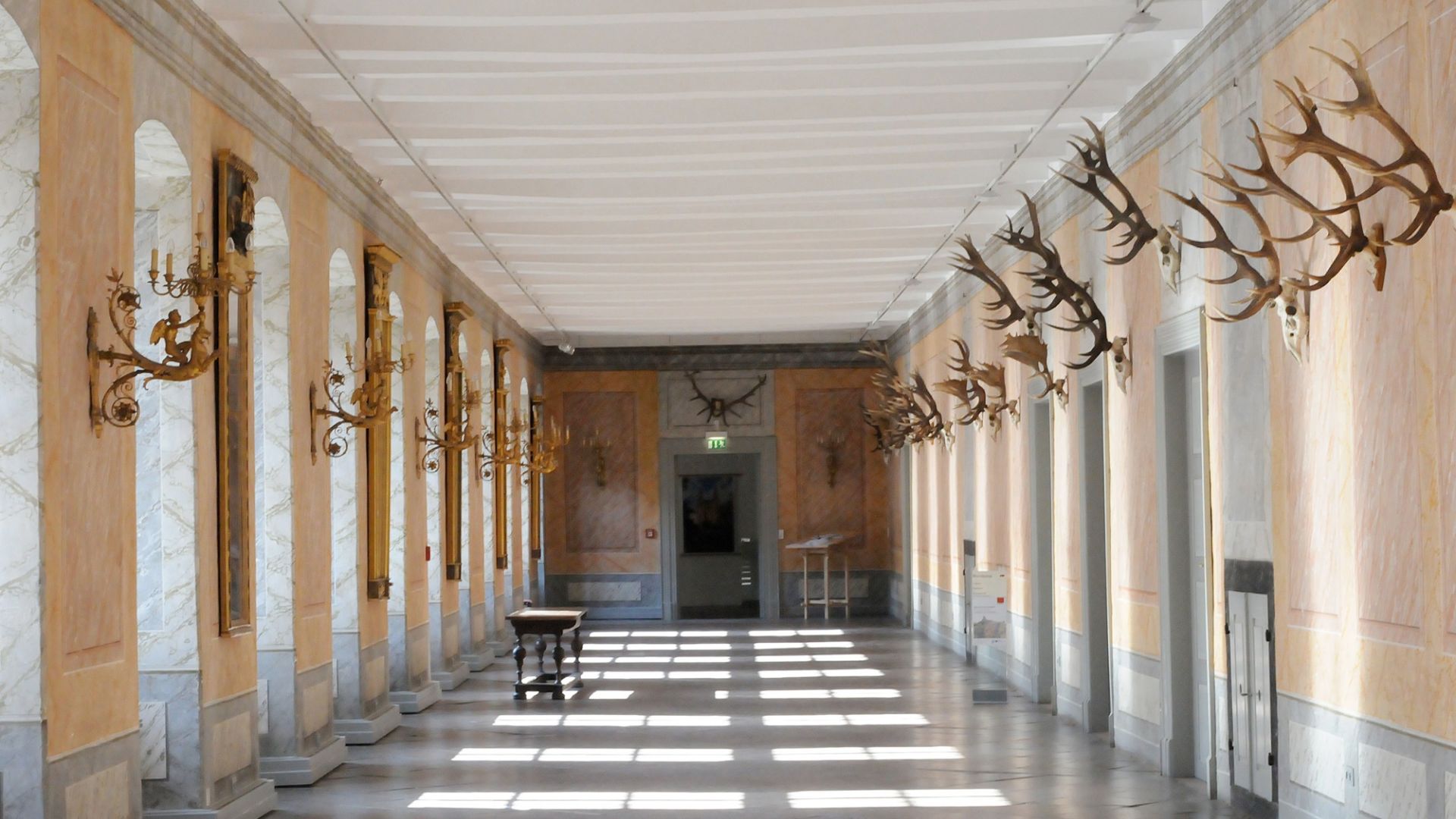k-hawinkler
Well-known member
Thank you very much Bart. I really appreciate that, especially coming from you.IMHO - one of the coolest bird pictures ever ...
Great to see you here. Join our insightful photographic forum today and start tapping into a huge wealth of photographic knowledge. Completing our simple registration process will allow you to gain access to exclusive content, add your own topics and posts, share your work and connect with other members through your own private inbox! And don’t forget to say hi!
Thank you very much Bart. I really appreciate that, especially coming from you.IMHO - one of the coolest bird pictures ever ...

Thank you Swissblad, much appreciated.Great series of images, KH!

 en.wikipedia.org
en.wikipedia.org








































Thank you very much Bart, that made my day. Yep, I grew up with these kinds of stories as well.Wow - it’s been a long time since I first read about Der Rattenfänger von Hameln and Baron von Münchhausen …











 en.wikipedia.org
en.wikipedia.org

 en.wikipedia.org
en.wikipedia.org


 en.wikipedia.org
en.wikipedia.org
 www.worldheritagesite.org
www.worldheritagesite.org

































Yup Bart, me too.I'll have a slice of each, please ...
